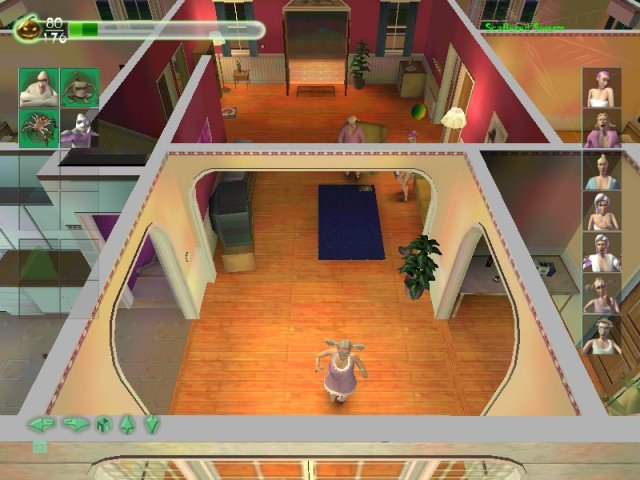
Well, since I couldn’t think of a better idea for an article, I thought that I’d talk very briefly about one of the few useful things about old-fashioned tutorial levels in videogames. This was something I ended up thinking about in early-mid October whilst deciding which game to play next.
Although I had at least four unplayed games left over from a sale on GOG earlier this year, and am still deciding what to play, I found that tutorial levels were a surprisingly good way to “try out” a game whilst deciding. Yes, not as good as old-fashioned demo versions – which let you try out a game before buying – but a tutorial level will still give you a general sense of what the game is like without having to commit to a full playthrough.
To give you an example, although I might end up playing something different, I checked out the tutorial levels for “Ghost Master” (2003) and “Strafe” (2017) and this really helped me to clarify some things about these games.
For example, whilst the concept behind “Ghost Master” (2003) – a very early “reverse horror game” where you scare people by placing ghosts – sounds really cool and I loved the presentation of the game, not to mention the hilarious way that the tutorial level is set in a retro-style US university sorority house etc…
But the tutorial voice-over, which sometimes pesters you to do stuff – repeatedly saying things like “Find the witch!” in the sort of exasperated and patronising way which will make you angrily shout “WHERE?” at the computer screen – and the slightly convoluted menu system made me lean away from the game. Which is a shame because it sounds really cool.

This is a screenshot from the tutorial level of “Ghost Master” (2003). I love the idea behind this reverse horror game and the presentation of it, but the controls were convoluted and the voice-over could get annoying sometimes.
On the other hand, whilst the playable parts of the tutorial for “Strafe” (2017) – an early example of a modern “retro-style” shooter game, with sci-fi and rogue-like elements – were the sort of standard tutorial stuff you’d expect from any old shooter game, I was amazed by the presentation.
The tutorial level actually includes live-action “employee training” VHS style segments that genuinely look like something from a low-budget 1990s sci-fi movie in the best possible way. Like an old 1990s episode of “Red Dwarf” but with the lighting and atmosphere of something like “Alien” (1979) or “Dead Space” (2008). And, as dull and standard as the practical parts of the tutorial are, the fact that the game put a lot of effort into adding atmosphere is really awesome.

This is a screenshot from the live-action video segments of the tutorial level of “Strafe” (2017). Yes, the game’s graphics are deliberately blocky and low-poly in a “modern game trying to look old” sort of way, but these live-action segments genuinely look like something from the 1990s!
Again, I might not play either of these games properly yet – there are still other games to choose from – but I love how the tutorial levels were actually a useful way to get an impression of a game.
Of course, this is very much a modern thing. Back in the day, demo discs were used for this. Not to mention that the idea of having so many cheaper games that you can’t decide which one to play next is very much a modern problem (even back in the day, the old second-hand prices were still more expensive than modern digital sales). But, most of all, I’m still impressed that videogame tutorial levels were actually useful for something.
—————
Anyway, I hope that this was interesting 🙂

